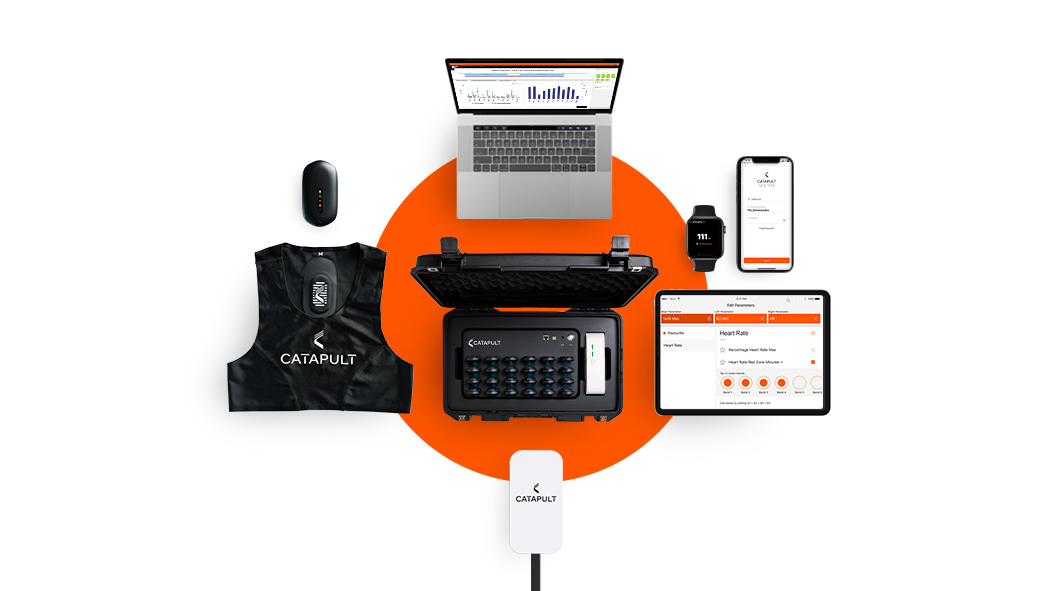Athlete Monitoring Guide: 5 Steps to Success
Introduction to Athlete Monitoring
Athlete monitoring might be something the average sports fan has only a vague awareness of, but inside professional sport, it has become a central part of the day-to-day routines of athletes, coaches and sports science practitioners.
Since Catapult was founded in 2006, we’ve seen the influence of athlete monitoring grow exponentially. As the industry has developed, continual technological, educational and practical innovations have given rise to a vast cohort of sports scientists equipped with the knowledge and tools required to make a positive impact on performance at all levels of sport.
This blog outlines five areas that all sports practitioners should consider when starting to establish key processes and workflows within their organisation. Whether you’re working in a professional environment or introducing athlete monitoring at the grassroots level, these points should help to shape some of your thinking as you look to support your team’s performance objectives.
If you’re new to sports science, we hope you find this article helpful as you get used to the role and start to build new functions within your club. If you’re more experienced, hopefully, it acts as a bit of a refresher or even a reminder of just how far you’ve come!
—> Download our free eBook: 5 Steps to Success with Athlete Monitoring
Athlete Monitoring: Start with why
The author and leadership expert Simon Sinek has a simple maxim: Start with why. To be successful in any sphere, Sinek argues that it’s vital to be able to articulate the fundamental purpose behind your cause. People don’t buy what you do; they buy why you do it. This is just as true for sports scientists as it is for anyone else.
In any organisation, getting buy-in for what you are doing is essential for sustainable, long-term success. For sports scientists, this often comes down to clearly communicating the purpose and reasoning behind what you do in a way that can be easily understood by those with a less technical appreciation of the science that underpins athlete monitoring.
There is no one-size-fits-all approach to get your organisation to fully buy into what you do, so you’ll need to use your intuition to find the best method of engagement. However, there are a few general rules that should help you to get coaches and athletes on your side when you start to implement new athlete monitoring processes:
1 . Start simple
Don’t overwhelm athletes and coaches with an avalanche of data or complicated processes from the start. Begin by setting out the basics of what you want to achieve by collecting data and give them a small number of key insights that can inform their performance. From there it should be easier to bring your athletes on a journey with you and start to gradually build complexity over time.
2 . Deliver a consistent message
If you’re not on the same page as the coaching staff in terms of the performance messages you’re delivering, then you risk losing the trust of your athletes. To do this, you may need to spend more time building relationships with the coaching staff and ensuring that athlete monitoring processes become as much of a priority for them as they are for you.
3 . Seek out one-to-one communication
Working with a large group of athletes is an inevitability when delivering athlete monitoring in a team environment, but one-on-one interaction with athletes (whether that’s in the form of a performance-related discussion or just a general conversation) is arguably the best opportunity you’ll have to build good relationships and engage individuals with your processes.
—> Download our free eBook: 5 Steps to Success with Athlete Monitoring
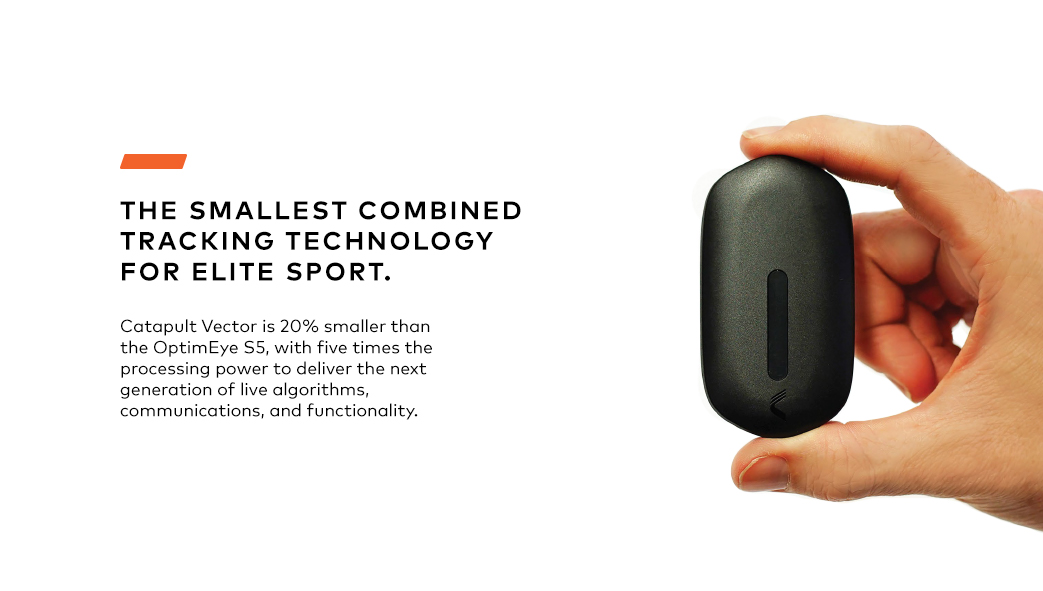
Do your due diligence
If your organisation is looking to implement athlete monitoring for the first time, then it’s likely that you’ll be in the market for the technology that best suits your specific needs, resources and budgetary constraints. This due diligence process can be a key part of ensuring that athlete monitoring is successful and sustainable at your club in the long term. When beginning the search for the technology best suited to your requirements, there are a number of questions that you need to consider before you make your decision:
1 . What’s your budget?
Understanding your budget and how you can deliver an effective athlete monitoring programme within it is central to the success of your work. Monitoring technologies come at many different price points, so identifying solutions that balance your data requirements with your financial resources is a good starting point for the due diligence process.
2 . What depth of data do you need?
Establishing the level of detail you or your organisation is expecting from your athlete monitoring will be an important guide for your due diligence. Are you happy with the basic volume and intensity metrics, or do you need more detail? Do you want to work with internal load measures (e.g. heart rate) alongside external load? Different monitoring technologies can have very different functions, so it’s important to establish your expectations early on in the process.
3 . What does the research say?
The vast majority of commercially available athlete monitoring systems have been subjected to rigorous validation testing as part of research projects conducted by universities. If you have access to academic research papers, they can be a valuable resource for determining the accuracy and validity of technologies from an independent source.
By establishing the answers to those questions it will become easier to narrow down your search and filter out the solutions that aren’t appropriate for your organisation. Once you’ve done that, the decision-making process should become easier and you can start to get into the technical and commercial details of the remaining systems on your shortlist.
—> Download our free eBook: 5 Steps to Success with Athlete Monitoring
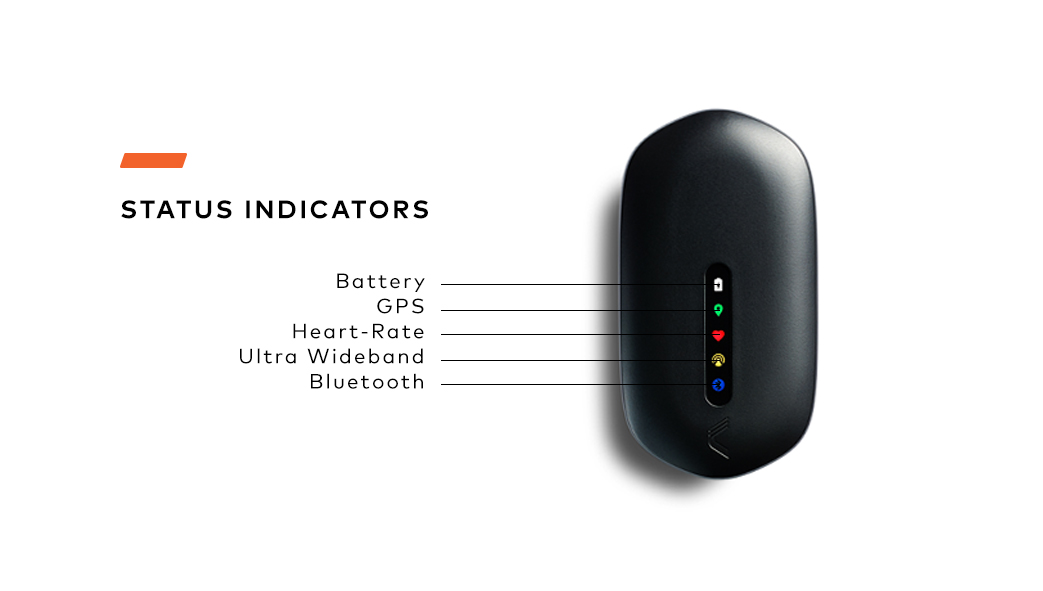
Don’t drown in athlete data
When you start using athlete monitoring technologies, the amount of data available to you can be overwhelming. As you try to get to grips with all the available metrics, it can be difficult to understand which information is most relevant to your particular aims and contexts.
The important thing is to take the time to refine your processes and identify the variables that are best aligned to your team’s tactical style and the performance goals of the coaching staff. This can take some time to achieve, but once completed it can transform both the efficiency and efficacy of your athlete monitoring.
In an interview with Catapult, First Team Sports Scientist at Leeds United, Tom Robinson, spoke about the importance of streamlining the amount of data at the heart of your day-to-day operations.
“When we first started using Catapult we collected a lot of data and we looked at a lot of variables, and I think sometimes it’s easy to get lost in the data you’re collecting,” Tom said. “So we’re at a level now when we’re actually looking at a relatively small amount of data.
“The key variables we look at are total distance covered, high-speed running distance, sprint distance, accelerations and decelerations. Within that we look at maximum velocity reached as well as for sprint conditioning and hamstring condition.”
By finding the metrics that best reflect your team’s technical, tactical and conditioning requirements, you can better monitor your athletes’ progression towards the physical demands that are being asked of them.
Once you’ve cut through the noise to create a coherent and targeted workflow, you’ll be in a strong position to deliver on the expectations of the coaching staff, improve the clarity of your communications, save yourself valuable time, and create a sustainable performance infrastructure for your organisation.
—> Download our free eBook: 5 Steps to Success with Athlete Monitoring
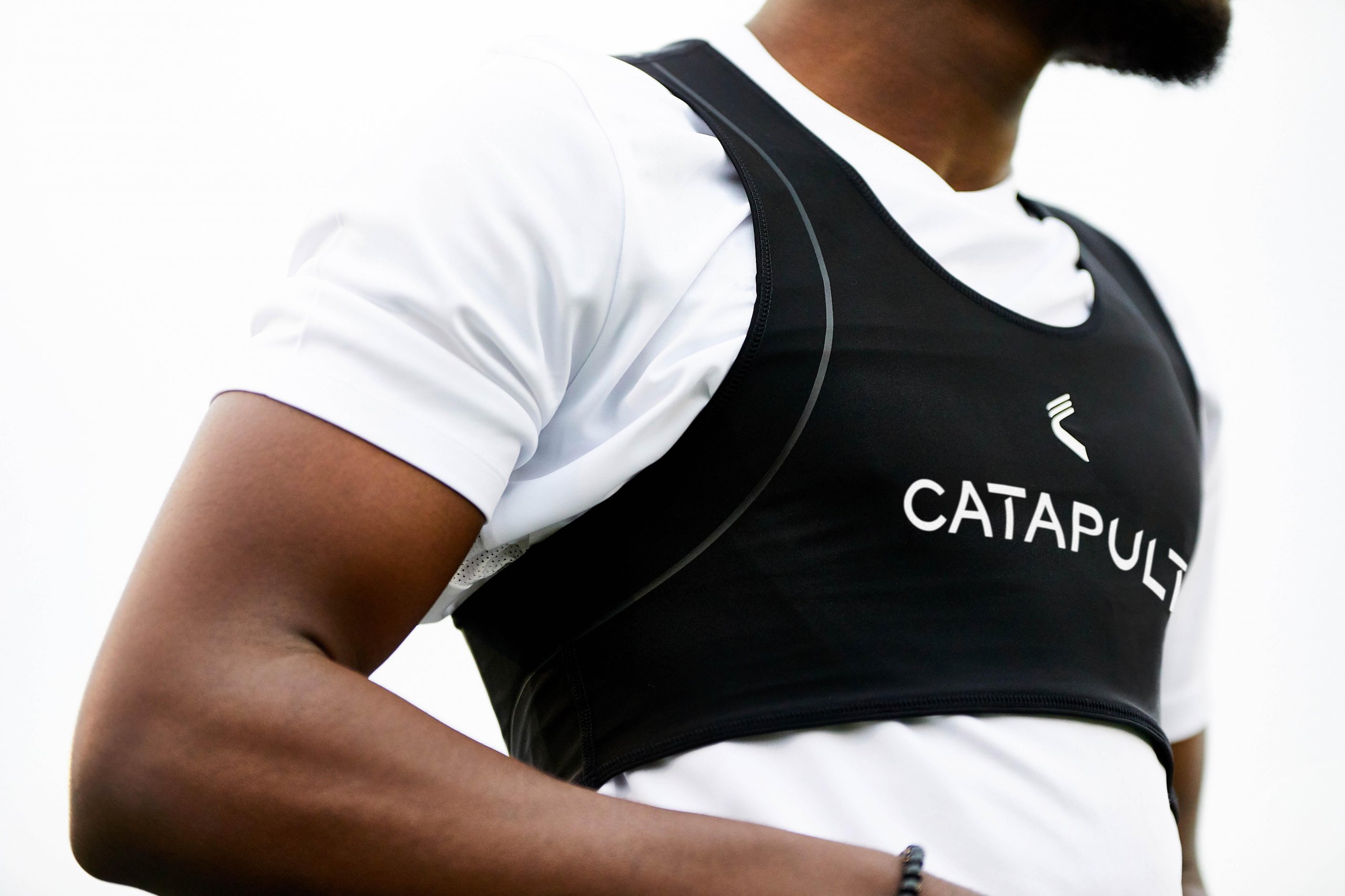
Pursue new athlete monitoring learning opportunities
Like any discipline grounded in science and technology, the athlete monitoring landscape is constantly evolving. As new research is published and new technologies are brought to market, one of the major challenges facing sports scientists is simply keeping up with that relentless pace of change.
One of the most effective ways to stay on top of the latest developments is to pursue continuing professional development (CPD) opportunities whenever possible. Organisations like the British Association of Sport and Exercise Sciences (BASES) and other regional equivalents offer a wide range of courses that cover numerous topics related to best practices in athlete monitoring. These courses can be a valuable resource for anyone who wants to improve their knowledge across multiple areas and learn to more effectively translate theory into practice.
In 2018, Catapult launched its first education courses designed to provide sports science students and practitioners with an introduction to athlete monitoring. From hands-on experience with leading technologies to learning the concepts behind advanced performance analytics, the courses are designed to build practical and conceptual experience of athlete monitoring. Fully endorsed by BASES, the courses are just one example of some of the resources that are available to those who want to push the boundaries of their learning and take ownership of their professional development.
Another effective way to learn is to grow your professional network and learn from practitioners working at different levels or across different sports. On the surface, high-level sport may appear to be a somewhat guarded industry, but that couldn’t be further from the truth.
The vast majority of practitioners are constantly looking to learn from their peers and take insights from those working at other clubs or in other sports. Taking the first step and reaching out to fellow practitioners for advice or mentoring usually results in you picking up new knowledge that you can apply to your own work.
—> Download our free eBook: 5 Steps to Success with Athlete Monitoring
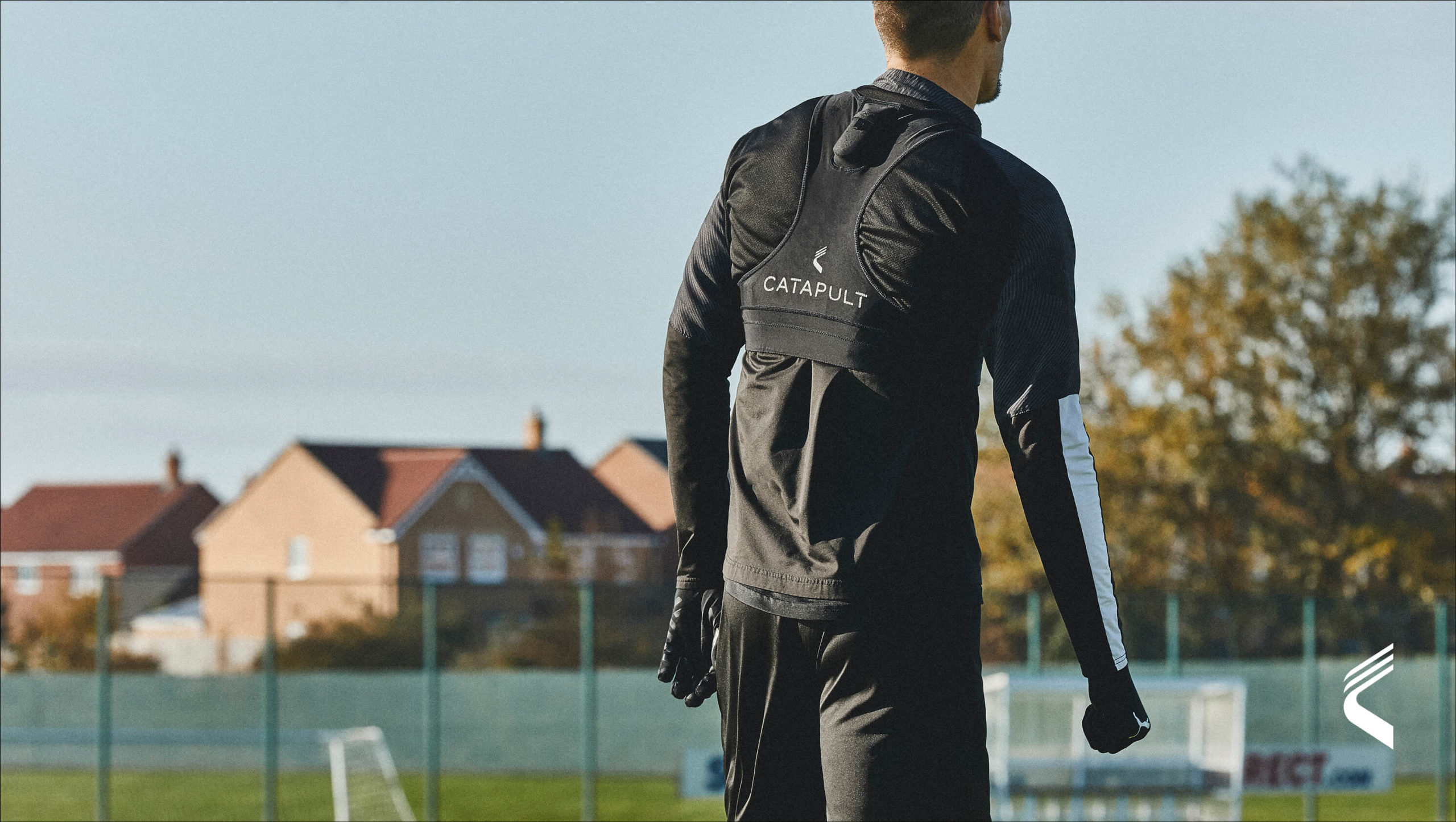
Managing the balance between research and practice
In a perfect world, research and practice in sports science should be one and the same thing. After all, researchers are trying to create new knowledge that benefits the end-user, and practitioners should want to engage with research because they are incentivised to improve performance in their areas of expertise.
The reality, however, can be very different. Naturally, those involved with research are usually focused on depth of knowledge in a specific subject area, while practitioners are usually predisposed to use research as a sandbox and play with different ideas and practices for short periods of time. Inevitably, these differences can mean that the relationship between science/research and practice can sometimes become incompatible and liable to breakdown.
When you’re working in athlete monitoring, it’s important to find a balance between research and practice that works for you. Working in a sports organisation generally means existing in a fast-moving environment that comes with its own set of temporal, practical and budgetary constraints. There is a lot of scientific research out there, but you need to be able to understand what is relevant to the specific context of your practice.
Finding the right balance between the day-to-day reality of your practice and the implementation of new research principles is key to informing your work in the long term.
By identifying specific gaps in your own knowledge and practice, you can start to understand the requirements you might have from research. From that starting point, you can start to identify the new knowledge that is most beneficial to you without getting too bogged down in the detail of large volumes of research.
—> Download our free eBook: 5 Steps to Success with Athlete Monitoring
